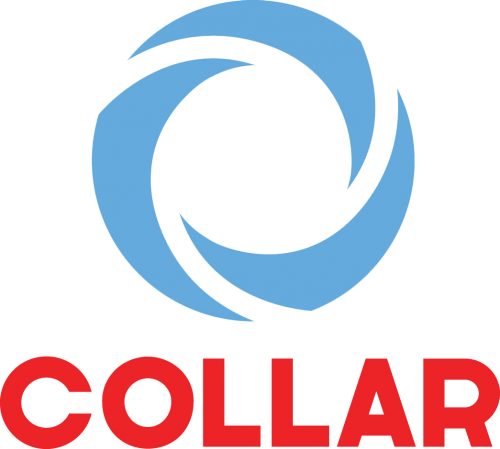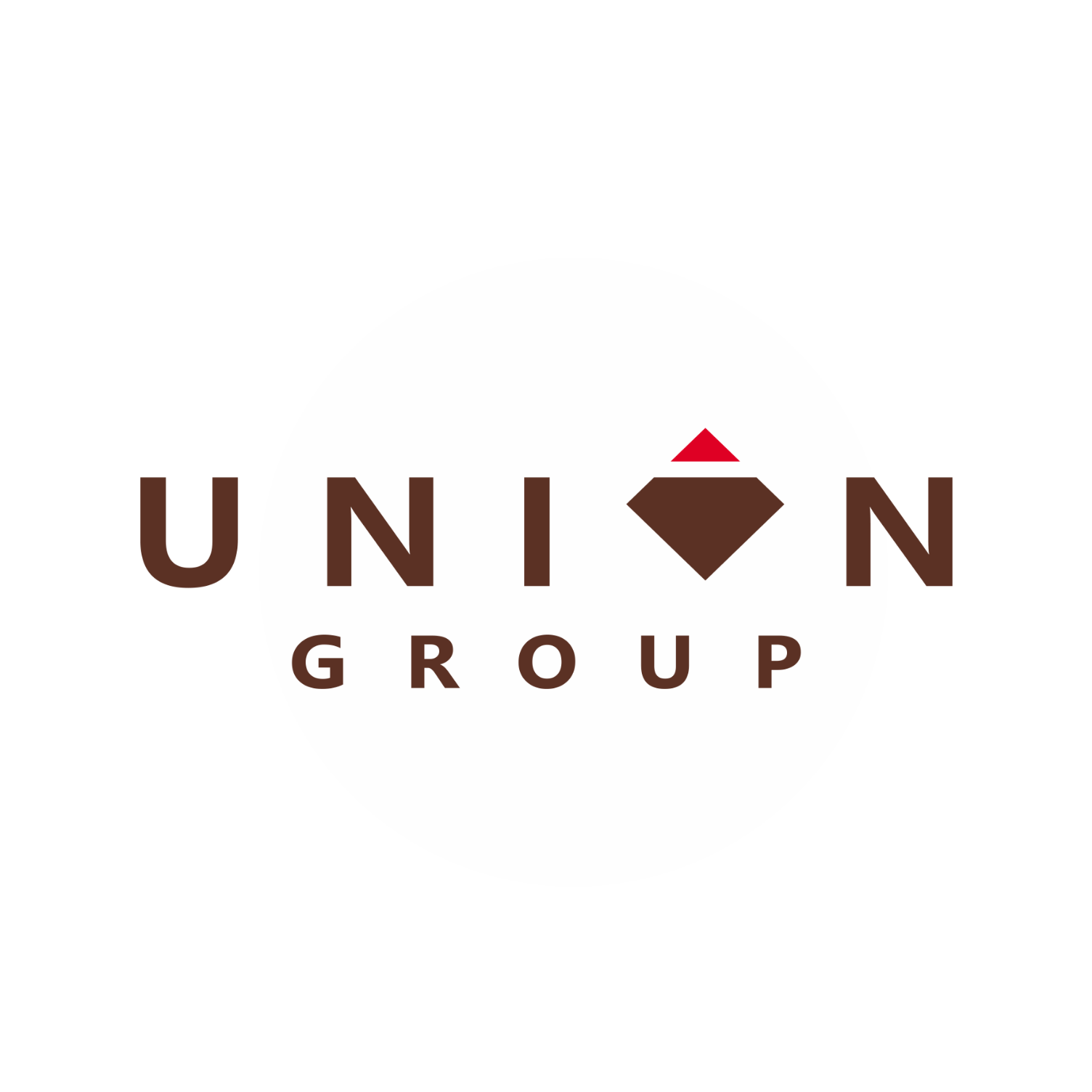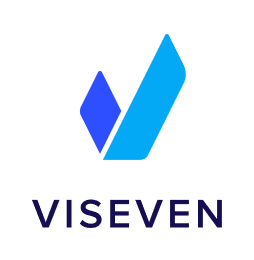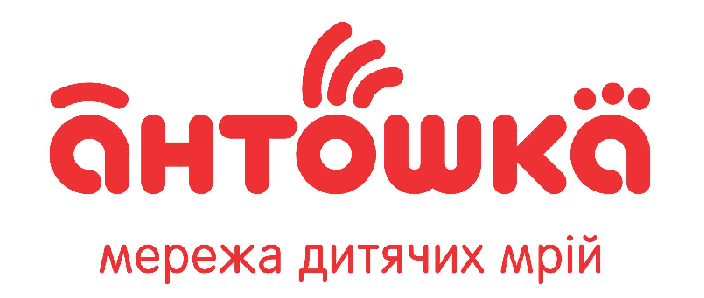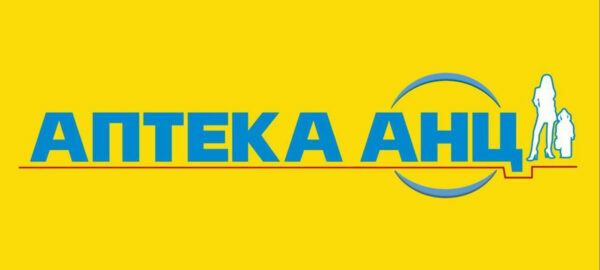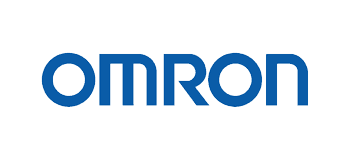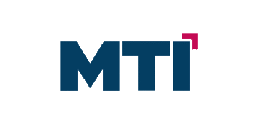
LMS Collaborator 2.45.0 – Position profiles, a new algorithm for approving external learning requests, a widget with a company anniversary and other updates
Meet the new version – LMS Collaborator v.2.45.0!
1. Position profiles
In version 2.36, we have started developing new tools called Competency library and Position profiles. With their help, you can maintain a library of competencies on the learning portal, and on its basis create job profiles for your employees. In the profile, you can specify the goals of the position, responsibilities, and a list of competencies required for the position that the employee must have.
Read more about position profiles in LMS Collaborator
We continue to develop these tools. Now all information about the position will be displayed in the employee’s profile. They will be able to view their goals and responsibilities, as well as the level of competencies required for their position.

This will be a useful tool for employee career development. They can see their current positions, determine what skills and achievements they need to grow, and work on them.
In the next versions, we will focus on developing the Competency assessment functionality and the ability to compare the actual level of competence of a position with the expected level.
2. Changing the algorithm for approving requests for external learning
External learning helps to broaden horizons and deepen staff knowledge. Employees get the opportunity to learn from recognized experts, specialists who have more experience in the desired field or on MOOC platforms.
LMS Collaborator allows you to keep records and process applications for external learning. After choosing an interesting external online course or training, an employee submits an application for confirmation of their training by a manager or administrator.

In this version, we have updated the algorithm for approving requests for external learning.
After an employee submits a request, his or her organizational manager receives an email about the new request and approves or rejects it. If the employee does not have a manager, the request is approved only by the responsible administrator, who is selected when the request is created.

When the manager approves the request, the system sends a letter of approval to the responsible administrator, who can accept it.

Please note! The manager and responsible administrator must have access to set up and view external learning requests.
After the request is approved by the manager and accepted by the responsible administrator, the portal administrator closes the request.

Request statuses and the approval chain are recorded in the system on the External learning requests page.

3. New widget with the anniversary of work in the company
Now the main page of the portal will display a new widget – Anniversary of work in the company. When an employee has an anniversary, their colleagues will see it on the learning portal and will be able to congratulate them.

It’s a great way to recognize an employee’s achievements, stimulate their motivation, and support the company’s corporate culture.
4. Notification about new comments on the portal
It is important to respond promptly to messages and comments from employees on the learning portal. This ensures effective communication and a positive impression of interaction with the learning platform.
Now, administrators who have access to portal comments will receive notifications from LMS Collaborator about messages left by users in tasks, resources, Knowledge base, and News.

You can turn off notifications if necessary. This way, you can divide responsibilities between administrators who will be responsible for communication, task assignment, analytics collection, etc.

5. Creating special events
It is important to maintain a learning culture in the company, to motivate and encourage employees to learn. One of such tools in LMS Collaborator is Events.
You can use it to notify and congratulate employees on milestones, such as their anniversary and rating points.
You can also customize your own special events using internal hooks. For example, notifications about training completion, badges, waiting for checklist review, etc.
Currently, only LMS Collaborator technical support can set up special events. If you have any ideas for customizing events or any other questions, please contact our technical support team: [email protected]
6. Tags in criteria groups
To conduct an assessment using the 360, 180, 90 degree, or checklist methods, you need to prepare a list of criteria – indicators by which employees will be evaluated. In LMS Collaborator, the criteria can be combined into separate groups, depending on the skill or competency being assessed. For example, management skills, flexibility, communication, analytical skills, etc.

You can specify a label for each group of criteria. This will help you organize and categorize the criteria and make them easier to find.

All tags will be displayed on the Criteria groups page, where you can sort them.

The next stage in the development of this functionality will be the ability to use the filter by criteria group labels when creating a checklist or assessment.
7. Updating video playback
In LMS Collaborator, you can upload any type of learning content: audio, presentations, SCORM, text documents, and videos.
We have updated the video player for videos that are part of learning tasks. The playback position where the user finished watching will be saved.

This is a convenient option for long videos. Employees can interrupt the video and return to it at a convenient time from the position where they left off.
8. Importing an organizational structure from HURMA
Creating an organizational structure in LMS Collaborator helps to store information about the structure of functional subordination of employees. The organizational structure solves the following tasks:
- Storing nesting structure data for organizational units;
- Defining the position of employees in this structure;
- Defining the relationship between manager – colleague – subordinate.
We have added a new integration to the already configured integrations with Active Directory and Azure Active Directory. Now you can automatically import organizational structure from HURMA to your learning portal.
Read about the previous version of LMS Collaborator 2.44.0 here


